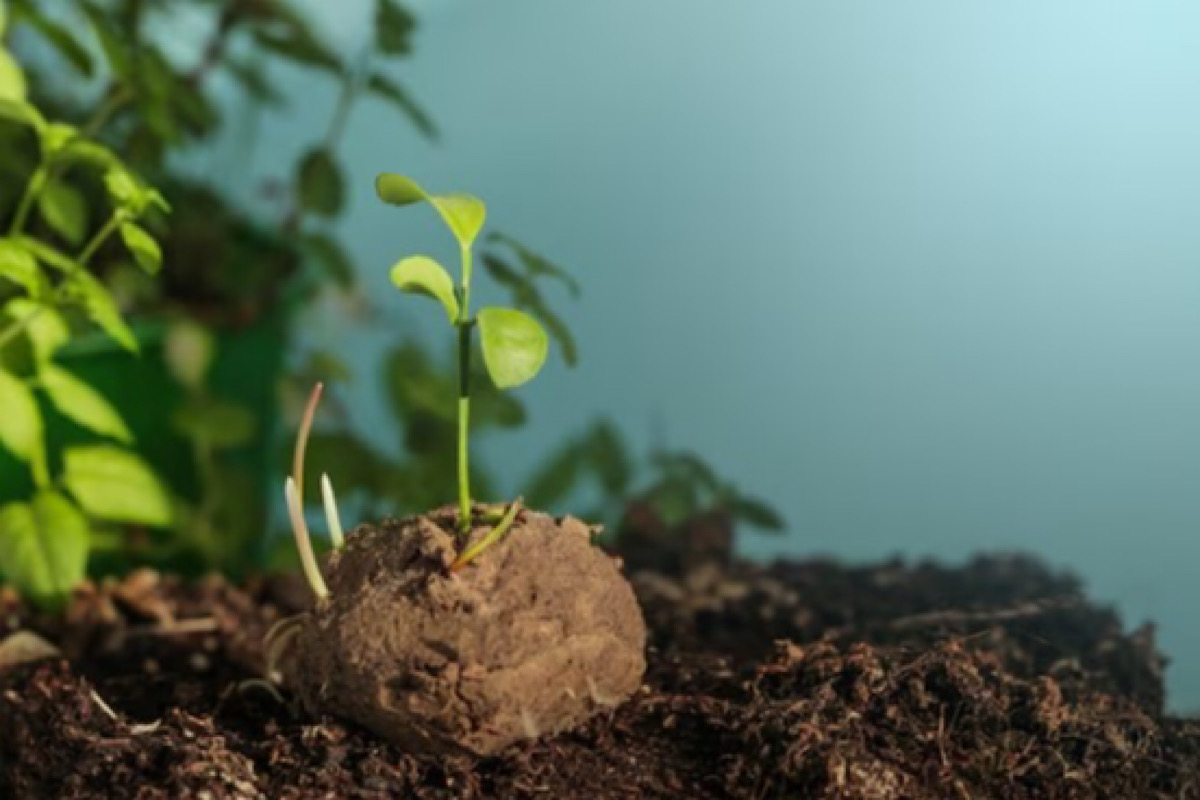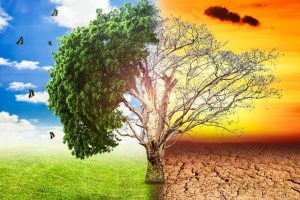According to a report by UNESCO, climate change and human activities like illegal wood cutting and agricultural encroachment have led to a massive decline in the hectares of forest that cover the surface of the earth. This has a direct impact on the carbon dioxide and oxygen imbalance and an increase in greenhouse gas emissions. As per UNESCO, even though it is a part of the UNESCO World Heritage forest, protected forest sites saw a massive loss of 3.5 million hectares of forest between 2001 and 2020. Like much of the world, Kenya, too, is losing thousands of native trees annually, ones that local people rely on for so much, especially for fuel. Unethical agricultural expansion, dependency on charcoal fuel, and lack of awareness are just some of the reasons why Kenya is losing its forest landscape. According to a report by Global Forest Watch (GFW), in 2023, it lost 10.1 kha of natural forest.
But here, while deforestation has done a lot of damage, people have come up with an ingenious way to reverse some of that loss. Though a practice that has been prevalent since Ancient Egypt, it was during recent years that the world became aware of the benefits of using seed balls, resulting in a surging enthusiasm for a greener tomorrow. Seed balls consist of seeds that have been enclosed within soil materials that act as a protective covering until ready for germination. The soil materials used to protect the seeds are usually made of a mixture of clay and composting materials. At a factory situated on the outskirts of Nairobi, workers sort waste charcoal dust and engage in the activity of making seed balls. Seeds of native trees in Kenya are then mixed with the charcoal dust. This carbon coat protects the seeds from external factors like hungry animals until the rain arrives and it is ready to germinate.
Advertisement
In the village of Kibwezi in Kenya, acacia trees are becoming scarce, with irrational cutting by the previous generations to make charcoal. Acacia trees have been a part and parcel of the indigenous people there. From the leaves to the bark, this tree comes with a multitude of benefits. As this tree slowly declines in population, a school there has taken the initiative where the future generation of kids are influenced to proactively take part in forest restoration, where they often use methods like slingshots to scatter the seed balls. It is estimated that almost 13 billion seed balls have been distributed in Kenya alone by now. Even if a few seeds germinate and grow into mature trees, every mature acacia tree has the capability to produce thousands of seeds a year.
Seed balls are extremely easy to make and are extremely versatile when it comes to transportation. You can toss them along the road, throw them anywhere, or even opt for aerial plantation, and slowly, the nutrients in the dissolving outer protective char dust coat will give each little seed a good start. If only a handful of these seeds grow into a tree, the efforts would be well worth it.
As more and more countries become aware of this convenient, simple approach towards reversing deforestation, several organisations are taking a positive approach by acquainting the masses by conducting seed ball-making workshops. People are choosing seeds of local native plants, giving them a little initial help and bringing some wild plants back to advance towards a greener earth.











